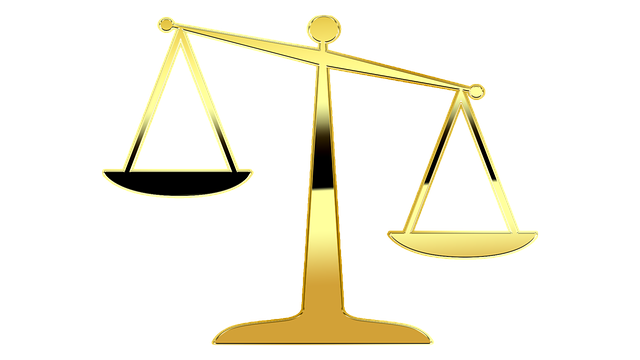Third-party workplace claims pose significant risks to businesses, covering disputes from personal injuries to wrongful death. These claims arise when employees or third parties are harmed by work-related activities, necessitating employer accountability. Effective risk management strategies include adhering to safety protocols, clear communication, and efficient dispute resolution. Regular risk assessments, proper training, and open feedback channels significantly reduce the likelihood of incidents and mitigate legal consequences.
In today’s dynamic work environment, understanding the intricacies of third-party workplace claims is paramount for businesses. These claims, often arising from accidents or injuries involving outsiders like customers or contractors, carry significant legal and financial implications. This article delves into the core aspects, beginning with a clear explanation of third-party workplace claims. It then explores the legal framework governing liability rules and regulations, offering insights on risk management strategies to mitigate potential exposure.
- Understanding Third-Party Workplace Claims
- The Legal Framework: Liability Rules and Regulations
- Managing and Mitigating Risks in Workplace Liability
Understanding Third-Party Workplace Claims

Third-party workplace claims are a significant concern for businesses, as they involve disputes that arise when an employee or third party suffers harm due to activities related to work. These claims can encompass various scenarios, including personal injuries, property damage, and even wrongful death. When a third party sustains injuries on a job site or as a result of a business’s operations, it triggers a legal obligation for the employer to take responsibility.
Understanding these claims is crucial for businesses to mitigate risks and ensure compliance with legal requirements. Property damage claims, for instance, may occur due to accidents involving vehicles or equipment, while partnership disagreements can lead to complex legal battles. Prompt attention to safety protocols, clear communication, and effective dispute resolution strategies are essential elements in managing potential third-party workplace claims.
The Legal Framework: Liability Rules and Regulations

The legal framework governing third-party workplace claims is a complex web of rules and regulations designed to protect employees and ensure justice in cases of harm or injury. At the heart of this framework lies the principle of liability, which dictates who is accountable for compensating victims in various scenarios. When it comes to third-party claims, especially those involving nursing home abuse or caregiver negligence, understanding these liability rules is paramount.
In many jurisdictions, employers are strictly liable for their employees’ actions within the scope of their employment. This means that if an employee causes injury or harm to a third party, the employer may be held accountable for compensating the victim through an injury compensation claim. The onus lies on organizations to ensure proper training, supervision, and adherence to safety protocols to mitigate risks associated with caregiver negligence or any other workplace-related incidents.
Managing and Mitigating Risks in Workplace Liability

Managing risks is a pivotal aspect of navigating third-party workplace claims. Businesses must proactively identify and mitigate potential hazards to create a safer work environment. This involves regular risk assessments, implementing safety protocols, and providing adequate training to employees. By fostering a culture of safety consciousness, organisations can significantly reduce the likelihood of accidents, injuries, or incidents that may lead to costly legal battles and negative public perception.
Moreover, proactive risk management includes establishing clear policies on incident reporting and investigating every occurrence thoroughly. Prompt action in addressing concerns, whether related to caregiver abuse, medical negligence, or other hazards, demonstrates a commitment to accountability and can help in resolving issues before they escalate into full-blown third-party claims. Effective communication channels and an open-door policy for employee feedback are essential tools in this risk mitigation strategy.
In understanding and managing third-party workplace claims, it’s clear that liability plays a pivotal role. By comprehending the legal framework governing liability rules and regulations, businesses can proactively manage and mitigate risks. Through effective risk management strategies, organizations can create safer work environments, minimize financial exposure, and foster a culture of accountability, ultimately reducing the frequency and impact of third-party workplace claims.






